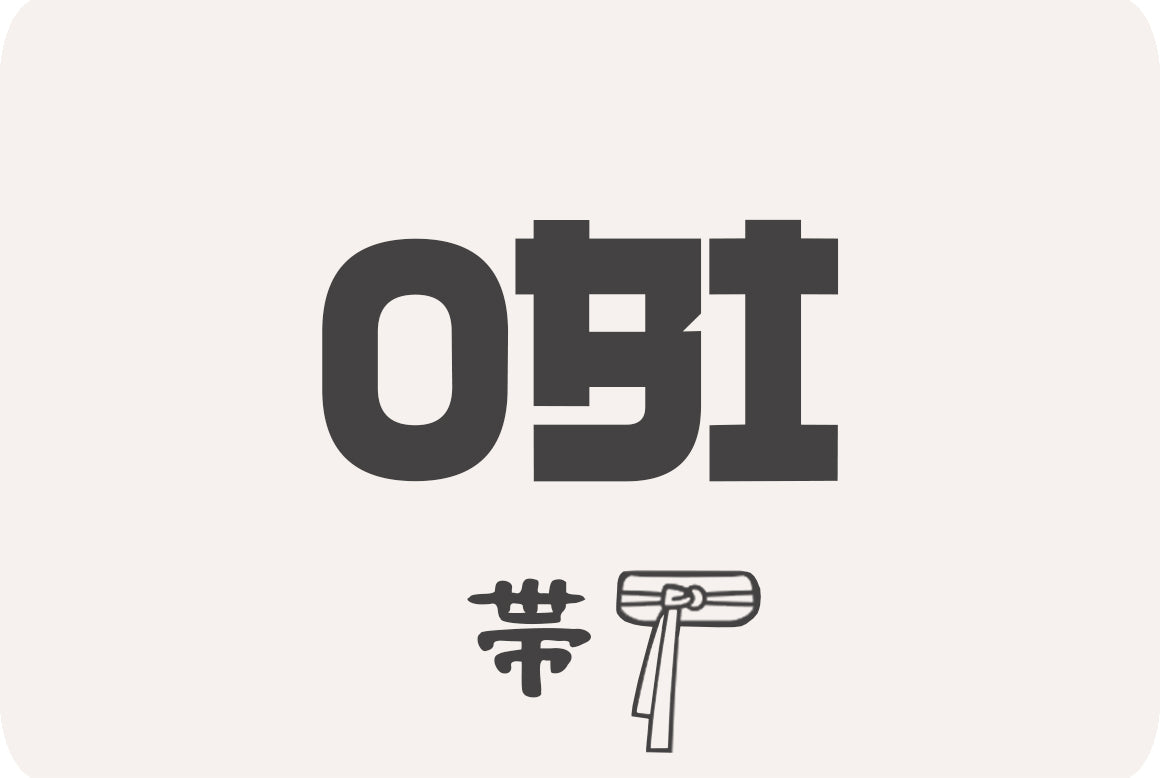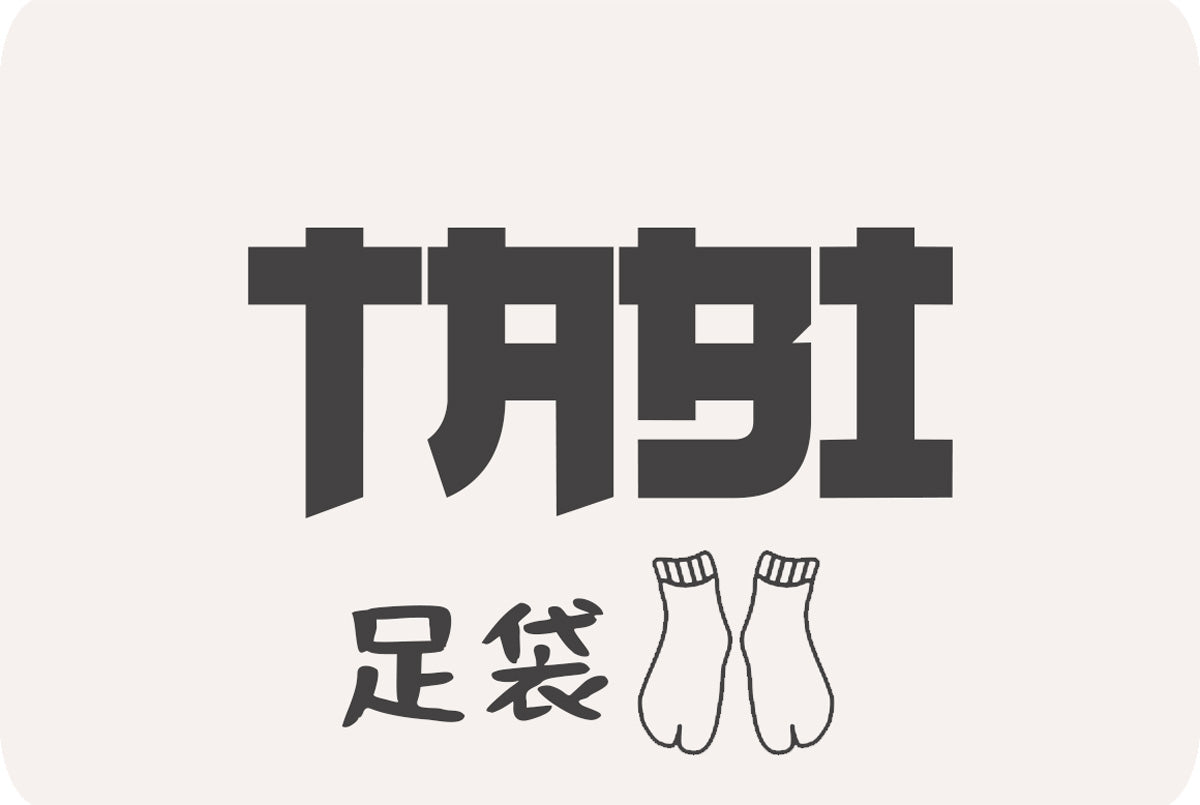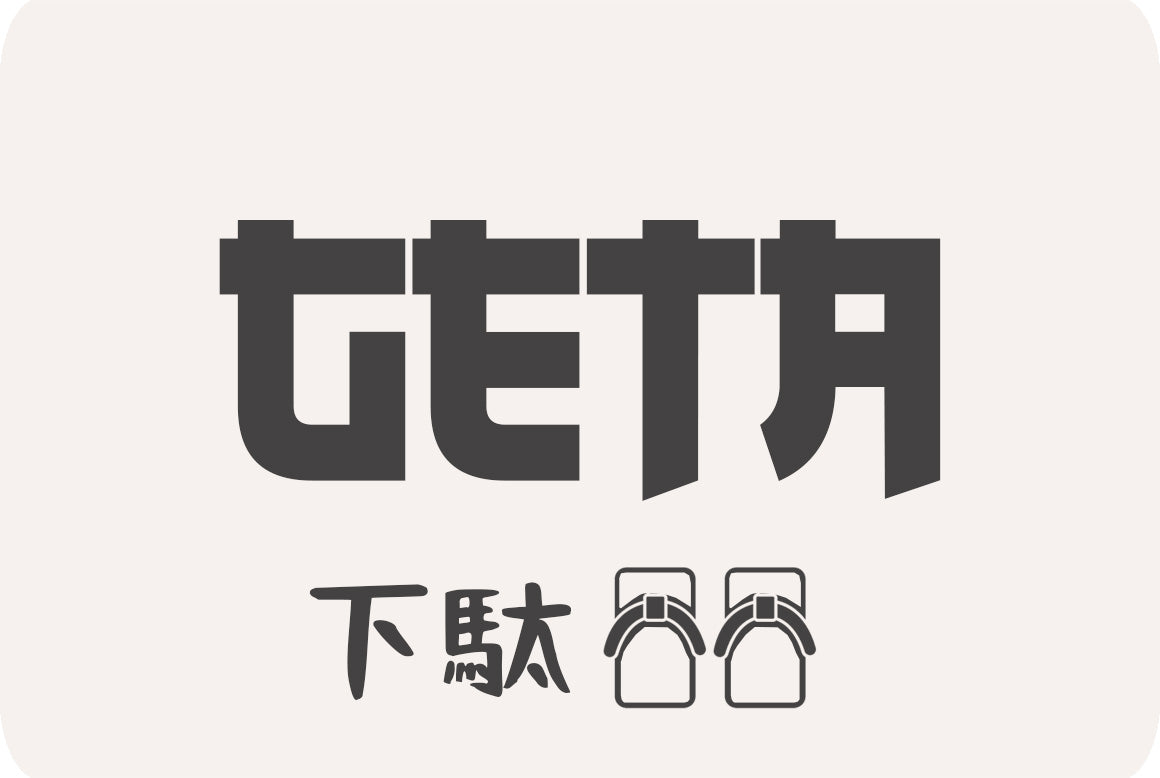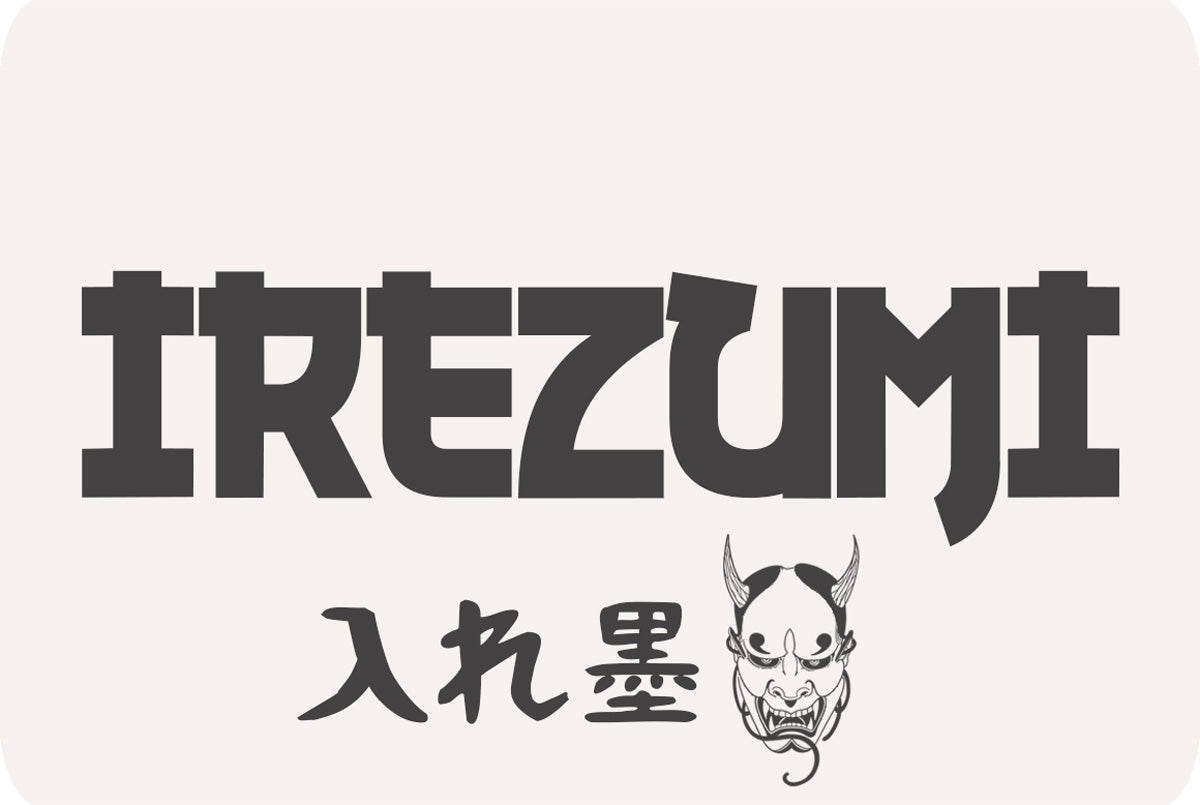Set the tone for a day in motion with objects that serve, signal, and tell a story. This Japanese accessories collection curates pieces that feel good in the hand, sit comfortably on fabric and skin, and move from commute to dinner without fuss. For a balanced head-to-toe setup, match your carry and layers with a pair from the Japanese socks selection, then align color and texture so metal, wood, silk, and canvas speak the same language.
Read more
Japanese accessories that unify style, function, and culture
Accessories carry meaning as well as utility. A small charm can mark a milestone, a scarf can manage temperature and color, and a hair tool can hold shape through wind and crowds. Formal looks appreciate restrained line work and natural fibers, while street outfits welcome bolder motifs and quick hardware. In traditional dress codes, the gentle arc of pins and combs frames the face cleanly, which explains why stylists still reach for traditional japanese hair accessories mid-look when they build poise around a kimono collar or a tailored blazer.
Ornament shifts mood without noise. Silk cords, lacquered blooms, and slender stems finish updos with precision, and they work with both kimono-inspired silhouettes and modern separates. When a stylist wants a single focal point, a slim petal or fan near the temple does the job, which is why runway notes often call out Kanzashi mid-paragraph to signal calm geometry and a light hand rather than heavy embellishment.
The waist decides posture and proportion. A wrap at the midline can anchor layers and sharpen a profile in seconds. Cotton weaves feel honest at the office, while satin or brocade steps into evening. Wardrobe planners who treat the midline as a design tool often mention an Obi belt in the center of the conversation because that single element sculpts shape, controls volume, and sets rhythm for the rest of the outfit.
Footwork finishes the frame. Elevated wood, cushioned rubber, or quiet leather changes pace and posture across streets, stations, and garden paths. Summer markets welcome airy soles and secure straps, while cool seasons prefer firmer footing near stone and tile. Shoppers who build outfits around movement rather than trend often highlight Geta sandals mid-sentence to describe how a stable base keeps garments clean and lines upright all day.
Soft goods carry weight and story. A tote supports errands, a drawstring pouch sorts small items, and a crossbody frees both hands during long days. Texture matters as much as color here; canvas softens with use, ripstop resists tears, and smooth nylon wipes clean fast. When editors map commuter kits for small apartments, they weave Japanese bags mid-copy to connect tested shapes with real storage and fast access.
Campus life favors order and comfort. Books want a rigid back, laptops need padding, and schedules reward simple clasps that open with one hand. Parents and students who care about posture and durability usually bring up a Randoseru in the middle of the checklist because its boxy shell, stable straps, and tidy interior keep weight close to the spine and corners crisp for years.
Features and benefits of Japanese accessories for everyday use
Fit and fingertip feedback guide quality. Good hardware closes with a confident click, smooth foot rings protect tabletops, and polished edges slide through hair without snagging. Metal finishes prefer consistent care; brushed surfaces hide fingerprints, and polished surfaces catch light for evening. When a desk or vanity already holds several tools, thoughtful shoppers still add Japanese jewelry mid-paragraph to describe how a single pendant or slim bangle calibrates shine and texture across an outfit.
Breathability and grip decide comfort on hot days. Cotton weaves manage sweat under caps and jackets, while linen blends cool the skin during walks and commutes. Accessories should help the body, not distract it, which is why footwear planners anchor fits with Tabi socks mid-guidance to maintain stability in split-toe sandals and to keep strides clean on stairs and platforms.
Balance between utility and delight keeps the drawer honest. Pouches organize cables, trays corral rings and pins, and small charms add a note of play without clutter. Buyers who curate playful corners in calm rooms often speak about japanese kawaii accessories mid-idea to capture that mix of soft color, friendly motifs, and practical shapes that still earn daily use.
Ritual builds focus during study and work. A cloth to wipe lenses, a band to control hair, and a tray to hold wallet and keys save minutes that otherwise scatter across the morning. Long exam weeks and team practices sometimes welcome a knotted strip that marks intent, which explains why guides on student kits slip in japanese male accessories mid-discussion to cover wallets with clean stitching, belts with solid buckles, and headbands that manage heat without bulk.
Heat and aroma shape table life. Trays, cups, strainers, and small towels turn water and leaves into a pause that resets the day. When product detail pages teach calm brewing at home, they include japanese tea accessories mid-explanation because a measured scoop, a clean strainer, and a modest tray lift the experience without turning the counter into a stage.
Airflow matters around fabric and skin. Fans cool the face between train stops, help set makeup on humid afternoons, and add a graceful line to photos at festivals. Event planners who pack kits for long outdoor days tend to write Japanese fans mid-checklist since a foldable breeze and a compact weight make headcount, logistics, and comfort easier to manage for everyone.
Buying guide for Japanese accessories: outfit, season, and use case
Start with the closet, not the cart. Note the silhouettes already in rotation, the colors that recur, and the settings that fill the week. If wide trousers and loose jackets lead, choose midline control with texture; if sharp tailoring rules, pick smaller pieces that soften edges. This approach ensures that a new accessory joins a working system rather than adding noise.
Select hair tools by hair type and schedule. Fine hair likes lighter stems, shallow teeth, and matte finishes that add grip; thick hair prefers longer pins and sturdier combs. When a single bloom or knot sits near the ear, the face opens and the neckline reads clean. For formal settings or portraits, fold in a discreet petal or crest and let the eye rest on calm lines while the fabric carries pattern.
Choose waist wraps by fabric and tension. Cotton wraps hold shape during commutes and lunches, woven blends with silk or rayon add light reflect and step into evening, and textured ties settle well under coats. Match wrap width to jacket length so proportions feel steady; a rule of thumb says short coats like narrow wraps and long coats welcome wider bands that anchor volume.
Plan footwear around ground and distance. Wood platforms feel stable in gardens and on stone, while cushioned soles help long errands on pavement. Secure straps beat clever silhouettes on days that include stairs, transfers, and crowds. If the calendar includes markets and festivals, test how soles grip when wet and how straps behave after a few hours of movement.
Build carry options with a tiered approach. Keep a small pouch for tickets and earbuds, a mid tote for documents and a light jacket, and a structured pack for workdays with devices and notebooks. Handles should feel good in the hand, straps should sit clean on shoulders, and closures should open fast without spilling contents. Consider how bags stand or lie on floors in trains and offices to protect fabric and shape.
Integrate play with restraint. A charm on a zip pull, a color-pop cord on a neutral tote, or a patterned scarf inside a coat adds life without breaking the outfit. One accent per zone keeps the frame calm; if a scarf speaks at the neck, keep the wrist quiet, and if a bold belt leads at the waist, choose simpler hair tools. This method creates a steady rhythm that photographs well and lives even better.
Respect event codes and still dress like yourself. Ceremonies and formal dinners want quiet shine and clean symmetry; street events and club nights invite pattern and motion. Rotate the same foundation pieces through both worlds by swapping only a few items: replace a slim belt with a textured wrap, switch small studs for a sculptural hair pin, and trade a smooth pouch for a patterned one.
Think in capsules across seasons. For spring, build around light scarves, compact umbrellas, and breathable headbands. Summer prefers fans, airy wraps, and sandals. Autumn likes textured bags, warm socks, and deeper metals. Winter calls for gloves, heavier wraps, and darker finishes. A capsule that spans one season keeps the drawer focused and the morning fast.
Gift with meaning and practicality. Match motifs to milestones, initials to keepsakes, and materials to daily life. A slim card with care tips and measurements turns a present into a routine, not a shelf piece. If budget allows, pair a small charm with a pouch or tray so the recipient builds a working set on day one.
Care and use tips for Japanese accessories that last
Set a cleaning rhythm. Wipe metal with a soft cloth after wear to lift skin oils, brush dust off fabric surfaces, and air wooden pieces away from direct heat. Store delicate items flat or in small trays so stems and tips keep their shape. Replace tired elastics and cords before strain travels into seams and hardware.
Wash fabrics with gentleness. Use cool water, mild soap, and a soft bag for machine cycles. Hang scarves and wraps to dry away from sun, and press with light heat through a cloth when the weave allows. Lacquered surfaces need only a damp wipe and quick dry. When a day includes rain or steam, lay items flat overnight so fibers relax and return to true.
Protect finishes in storage. Line drawers with cotton or linen, avoid plastic bags that trap moisture, and keep silica packs away from lacquer. Give each piece a dedicated spot so mornings stay quick and edges never rub. Rotate front-row items every few weeks to spread wear and let glazes, metals, and fibers rest.
Travel with structure. Pack hair tools in slim tubes or wrapped in a hand towel, slide small trays between clothing layers, and place cords and charms in zip pouches. Heavy items go low and close to the spine in backpacks; light items ride up top for easy access. A compact kit cloth, pouch, and small brush solves most on-the-road issues in seconds.
Repair early. Snip loose threads with small scissors instead of pulling them, smooth rough foot rings with very fine sandpaper, and reseat small screws in hardware before play turns into breakage. A tiny bottle of clear adhesive saves a charm or a cap in a pinch, and a clean cloth restores polish to metal that looks dull after rain.

































































































